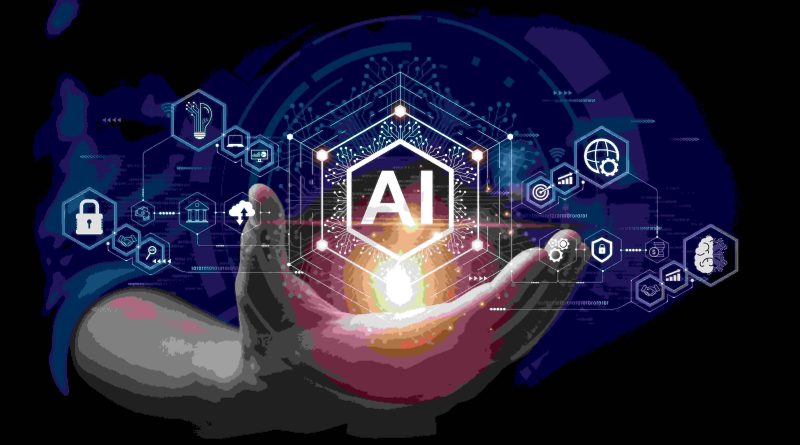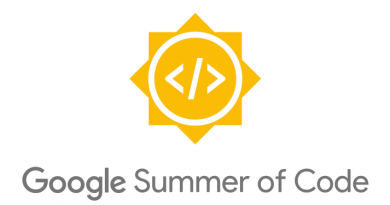How AI Enables Students Excel in their Academics
AI is rapidly transforming the educational landscape, offering numerous advantages that can help students excel academically. Here are some key ways AI enhances education for students:
- Personalized Learning: AI can analyze individual learning styles and paces, enabling tailored educational experiences. This personalized approach helps students grasp concepts more effectively by focusing on their unique strengths and weaknesses THE Journal UNESCO..
- Instant Feedback and Support: AI-powered tools, like chatbots and learning management systems, provide immediate feedback on assignments and assessments. This real-time support helps students understand their mistakes and learn from them without the delay of waiting for a teacher’s responseStanford HAI UNESCO
- Enhanced Engagement: By using gamified learning platforms and interactive AI applications, students often find learning more engaging. This increased engagement can lead to better retention of information and a more enjoyable educational experience THE JournalStanford HAI.
- Administrative Efficiency: AI can automate administrative tasks such as grading and scheduling, allowing educators to devote more time to teaching and interacting with students. This increased teacher availability can positively impact student learning Stanford HAIUNESCO.
- Support for Diverse Learning Needs: AI tools can assist students with varying learning abilities, providing resources and support that cater to their specific needs. This inclusivity can help close achievement gaps and foster a more equitable learning environment Stanford HAIUNESCO.
- Encouraging Self-Directed Learning: AI can foster an environment where students take initiative in their learning, helping them become more self-sufficient and motivated learners. With AI’s assistance, students can explore subjects independently, enhancing their research and critical thinking skills Stanford HAI.
- Real-Time Skill Development: AI systems can assist in teaching soft skills, such as communication and problem-solving, by providing interactive scenarios where students can practice these skills in a low-stakes environment. This approach helps build confidence and competence Stanford HAI.
- Assessment and Improvement: AI tools can analyze student performance data to identify trends and areas for improvement. This capability enables educators to make informed decisions about curriculum adjustments and teaching strategies UNESCO.
By integrating AI into education, students can access a more tailored, engaging, and efficient learning experience that can lead to academic success.




